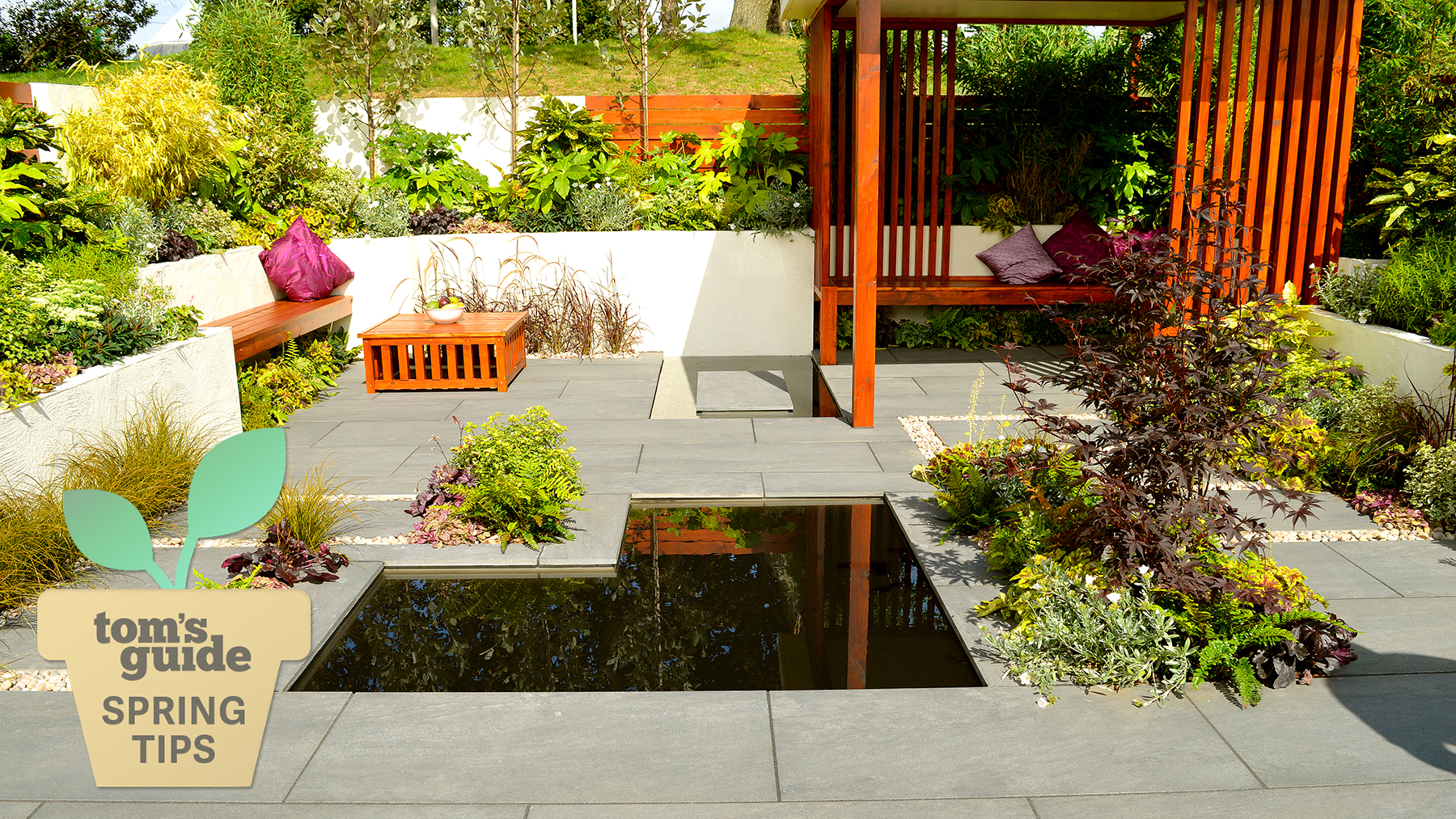
You can still create a garden that looks amazing without spending all your spare time weeding, pruning, and mowing the lawn. The key is to get the main structure right and invest time in planning and understanding your garden from the outset. Once you have done the ground work, you'll be able to sit back and relax.
One of the basics is getting the landscaping right. Do you want to spend your weekends caring for your perfect lawn? Or would you prefer to have a larger patio area with less grass to maintain? Knowing your soil type and which aspects of your garden are sunny or shady will also help you achieve a low-maintenance garden, saving you time and money on replacing plants that aren’t suitable for the location.
Here, Andy Mclaughlin, landscaping and paving expert at RF Paving, reveals his 5 top tips for low-maintenance gardening so you can enjoy your yard, whatever its size, without the fuss.
1. Increase your paving to lawn ratio
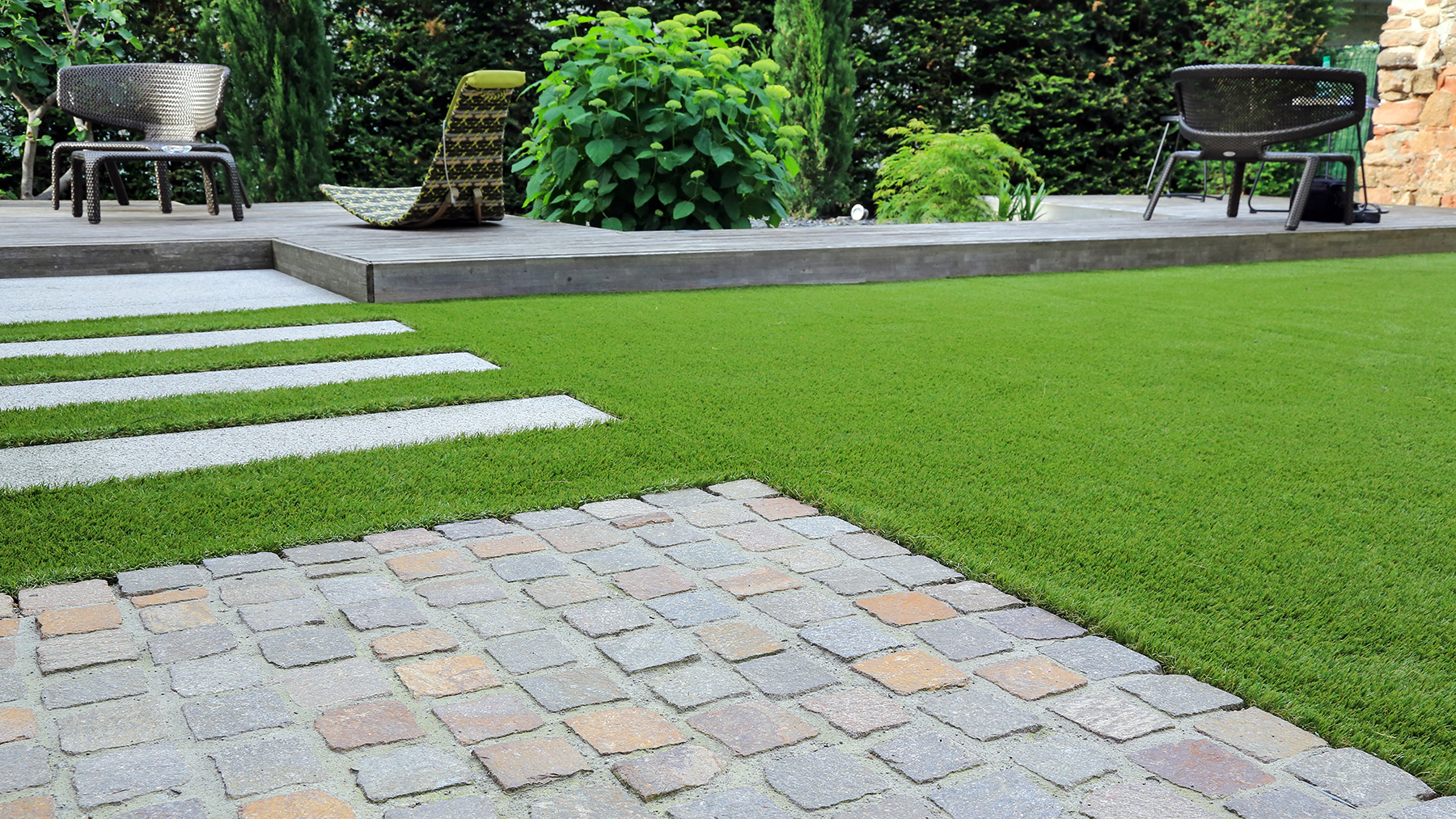
“Despite all the benefits of a fresh and well-kept lawn, the required regular mowing, watering, weeding, and feeding can feel like a real task to keep on top of,” says Mclaughlin.
As an alternative, increasing the amount of paving can remove this maintenance. So, you can sit back and relax instead of spending your weekends walking up and down your backyard with a mower, creating perfect lawn stripes.
Apart from sweeping your paving and giving it an occasional jet wash, it requires much less maintenance. Depending on your paving, it can help create either a modern or traditional look within your backyard.
Mclaughlin recommends porcelain paving as a low-maintenance option, as this does not require resealing every year. He suggests a product such as Aged Kandla Grey Porcelain, which will keep your space light whilst not showing too much dirt, meaning it needs cleaning less frequently.
However, the downside of adding more paving to your backyard is you may feel you’re missing out on plant life. To address this, Mclaughlin advises adding potted plants or raised beds to bring back that touch of greenery.
It’s also important not to neglect any lawn that you may have left, as it will still need maintenance; it just won’t take you as long to look after. “Make sure to aerate it once or twice a year, as this can relieve compacted grass, improve drainage, and prevent any future problems,” he adds.
2. Add aggregates
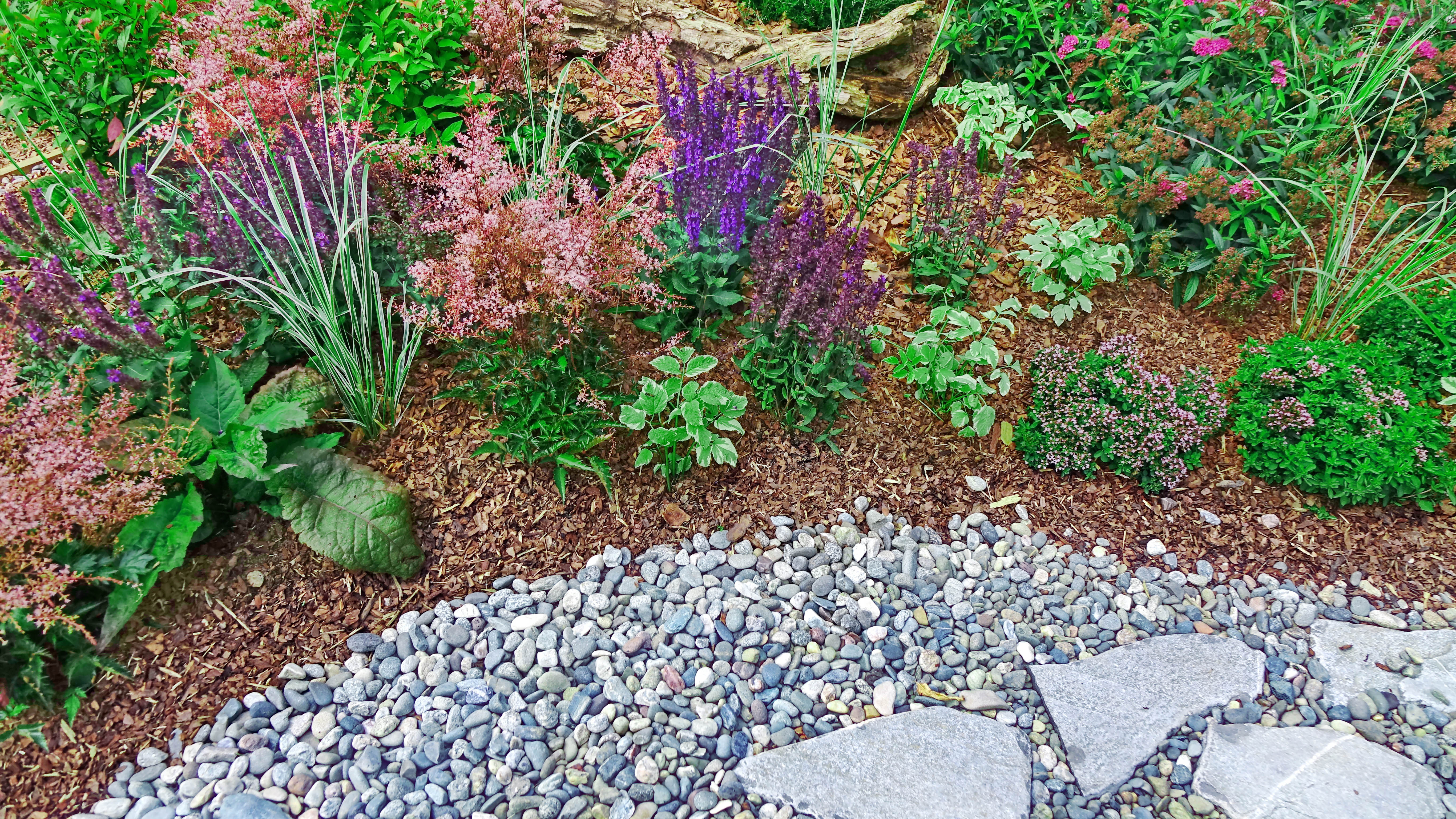
Aside from paving, aggregates can also be used to create a low-maintenance garden. They are also permeable, meaning that excess water can drain away more easily without pooling. Adding aggregates to your backyard is particularly advantageous if you live in an area with high rainfall prone to flooding.
However, unlike paving, you are more at risk of weeds, which means work! To overcome this issue, Mclaughlin says, “If laid with a weed control membrane at the correct thickness, you will reach the optimum coverage and prevent the risk of weeds wreaking havoc in your space.”
I have personal experience with this issue, as I have pea gravel directly outside my back door, which leads onto my lawn with a small patio area further down my garden. Laying a weed membrane is a must, as otherwise, you’ll be constantly pulling up weeds from between the small stones.
I have also used an aggregate in my front garden. Small white cobbles sit in the centre of my small space, surrounded by a viburnum hedge at the front and a row of hydrangeas along the side. The light color brighten up the space and sets off the plants.
3. Ditch the traditional lawn
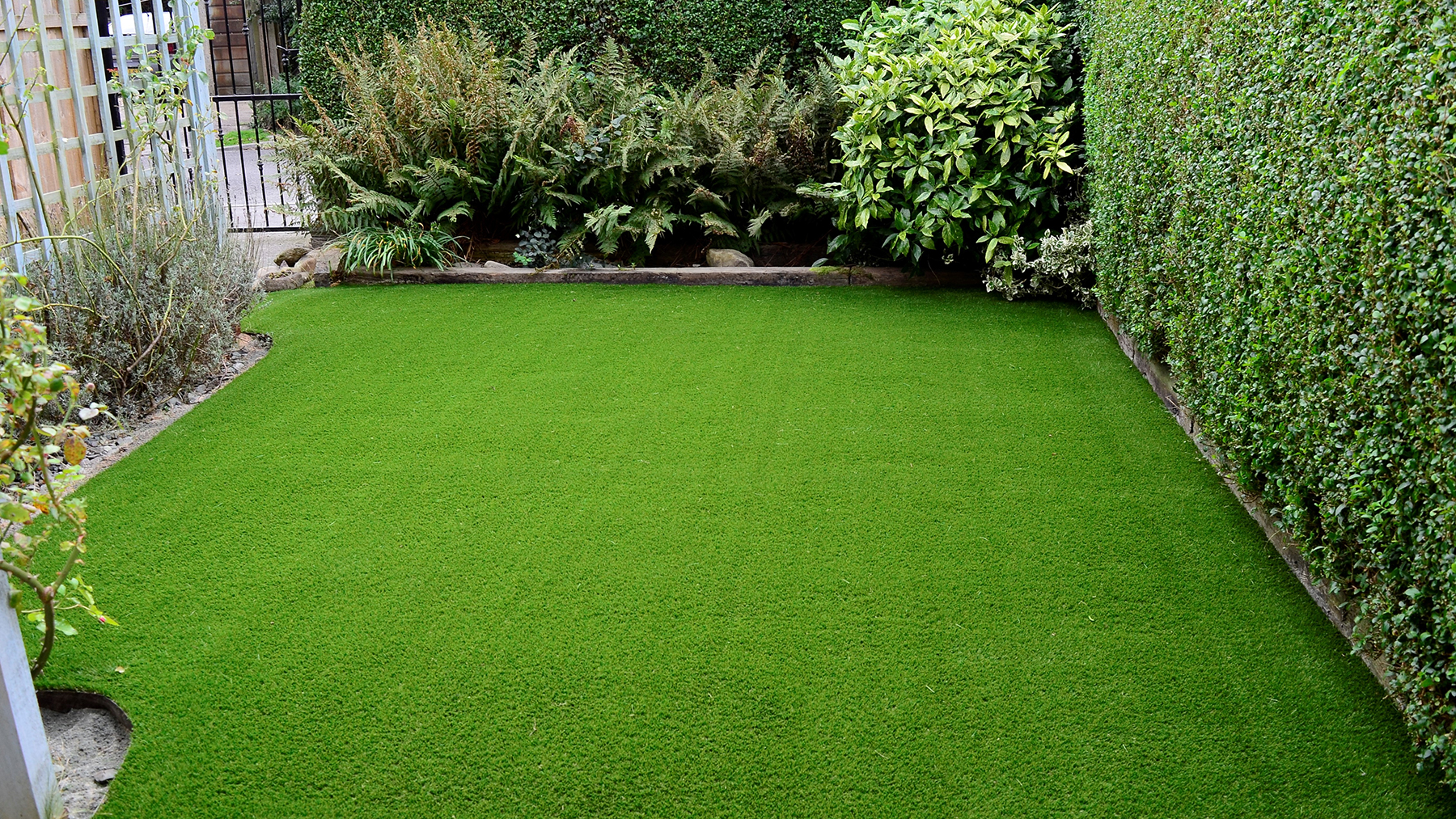
It may seem like a big swap, but if you’re looking to create a low-maintenance garden, there’s an alternative to a natural lawn. “Artificial grass is designed to be durable, meaning it requires very little upkeep compared to a natural lawn,” says Mclaughlin. “More recent varieties have proven to be more realistic, soft-to-the-touch, and safe for pets and children, meaning it will last for years to come.”
An artificial lawn is also a great method for adding a touch of green to any sized garden without increasing maintenance and upkeep.
However, if you’re reluctant to ditch your lawn for an artificial one, you could save time by investing in a robot lawnmower, which will do all the hard work for you.
4. Opt for low-maintenance plants
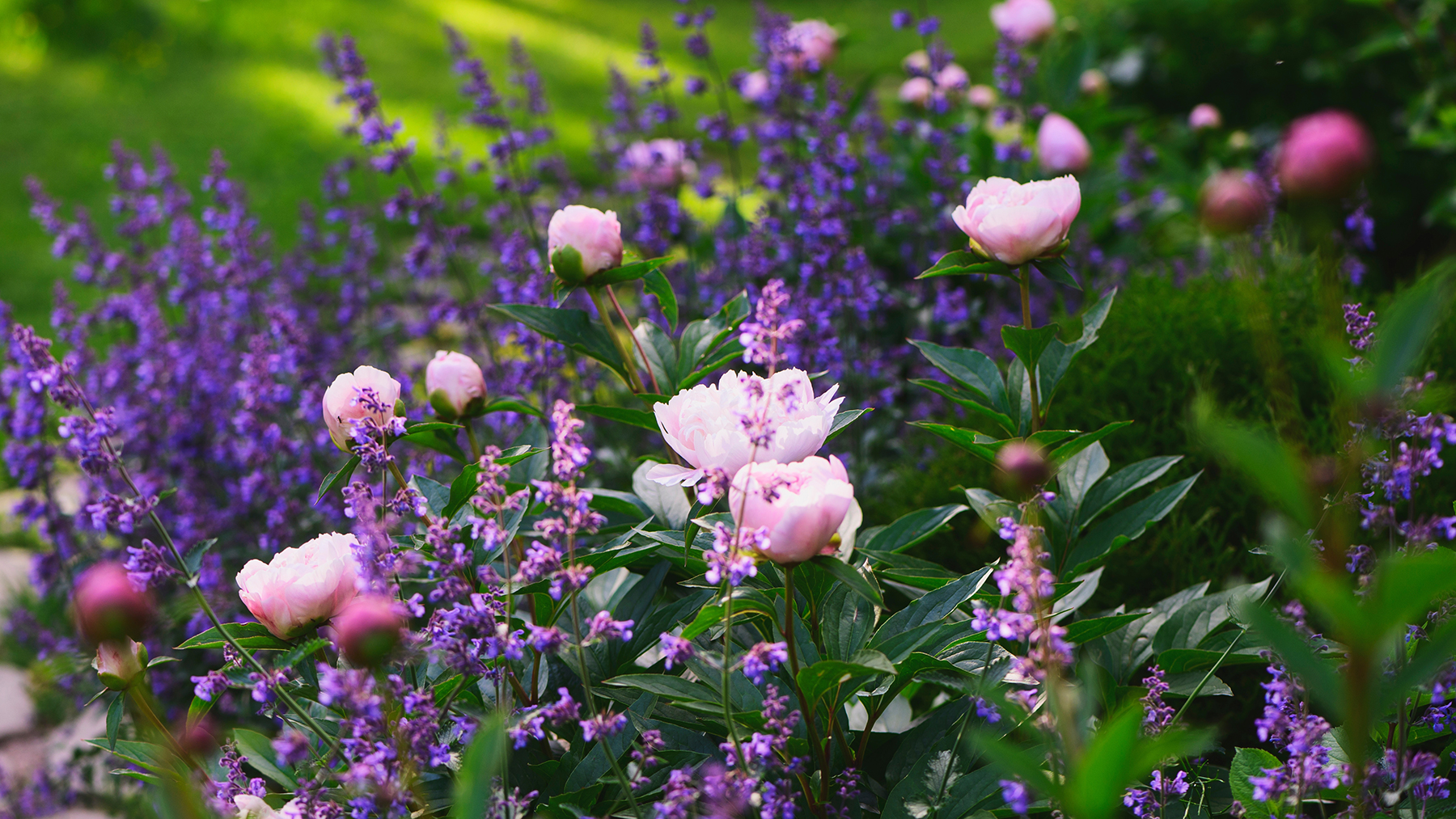
“High-maintenance plants require a lot of care and attention to keep your garden looking fresh,” says Mclaughlin, “so switching to self-sufficient succulents and perennials means that your plants are taking care of themselves while you relax.”
Self-sufficient succulents are versatile plants that can survive in a variety of climates. They can also be left to their own devices, as they are drought tolerant and their thick, fleshy leaves store water. Perennials return every year, which means they won’t need removing or replanting. They also tend to have longer root systems than annuals, which makes them more drought-resistant and less reliant on regular watering.
Another aspect to look out for when buying new plants is how fast they grow — because the faster they grow, the more likely they will need pruning back more regularly. For this reason, Mclaughlin suggests, “If you’re still finding your feet when it comes to gardening, slow-growing shrubs require less pruning compared to other plants, and drought-tolerant plants are perfect for forgetful gardeners, as they can withstand dry soil levels.”
Top tip when buying plants
Before heading off to your local plant nursery, make sure you know what soil type you have — it’s the foundation of your garden and the underlying reason why a plant might thrive or underperform. Also, know where you’ll position your new plants — will they be in full sun, partial shade or shade? With this knowledge, you’ll be able to choose the right plant for the right place and save time and money by getting the basics right.
5. Raise your beds
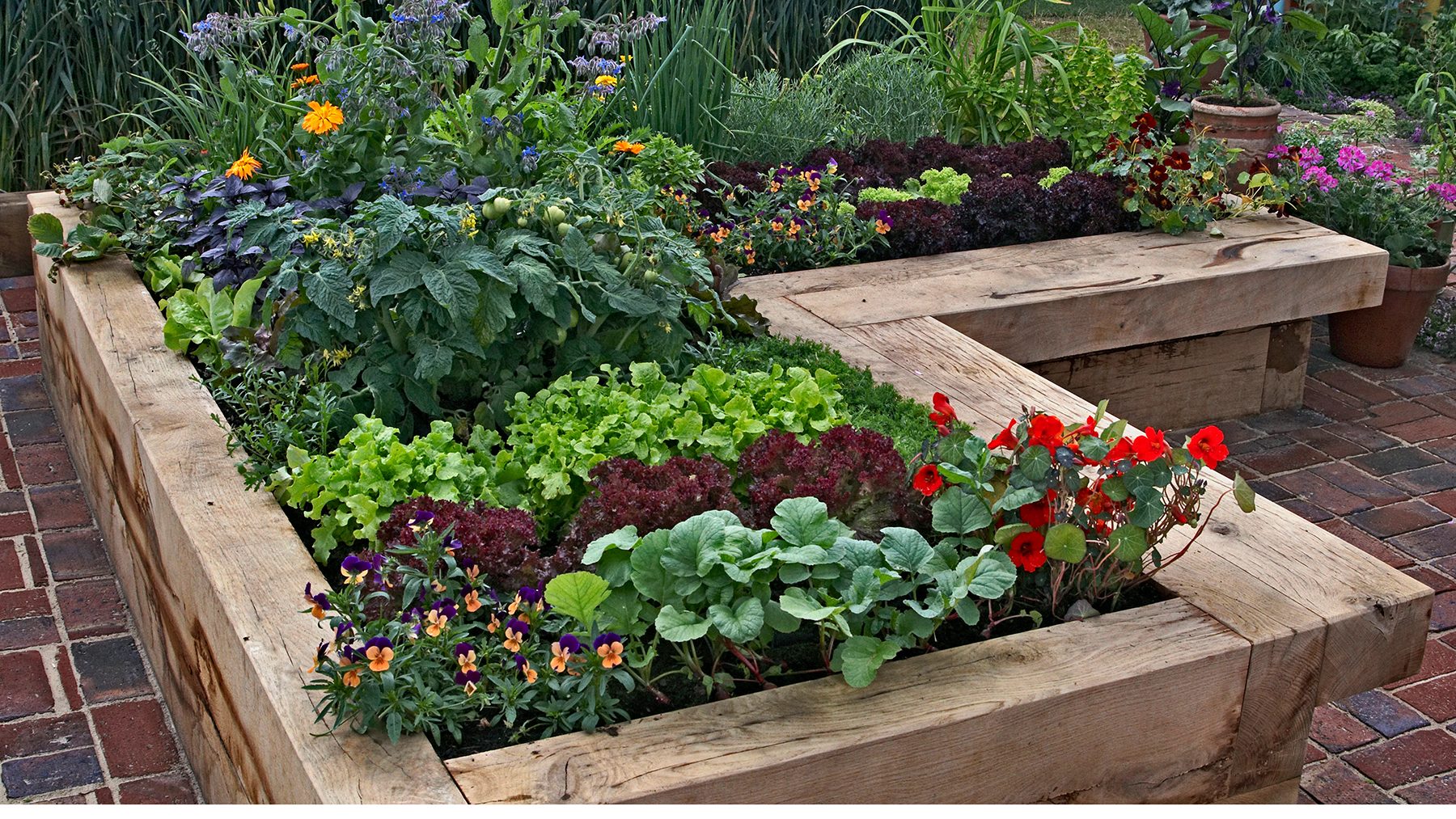
“Railway sleepers make the perfect material for raised beds, adding a modern or rustic touch to your garden space depending on treatment type,” says Mclaughlin.
As an extra tip, he advises using weed-free soil in your raised beds to make up-keep even easier, “Whether reusing the soil from other areas of the garden or obtaining new soil it should be ensured that the soil is free of weeds or any other contaminants.”
I’ve used railway sleepers in my own garden and like their rustic aesthetic. But instead of using them for raised beds, they form a divide across the length of my narrow garden — creating a step from the gravel area immediately outside my house up to my raised lawn.
Mclaughlin also suggests that sleepers are ideal to use if you have a small garden and plan to create a vertical garden that grows upwards, where you can add trellis or use fencing to support the plants.







